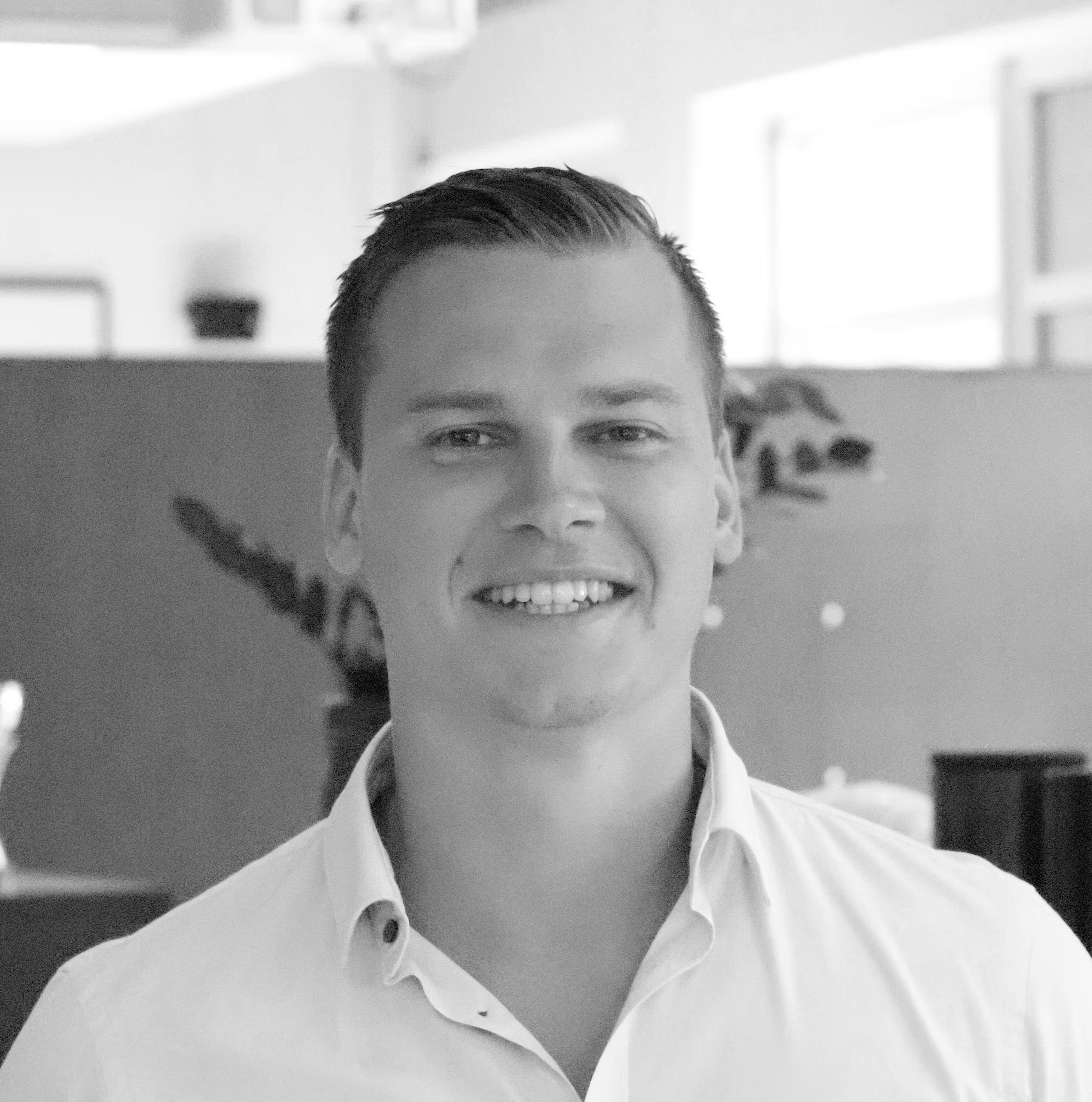Implementing a standardised digital data layer
ABN AMRO
- Customer case
- Technical Web Analytics
- Data consultancy



ABN AMRO partnered with our team to create a standardised digital data layer, addressing challenges with uniformity, reliability, and efficiency in their migration to a new analytics platform. The new standard allows for consistent tagging of all online components, leading to improved tagging management and reliable digital data for future use.
ABN AMRO was in the middle of migrating to a new analytics platform. Because this was a large-scale undertaking, a challenge arose in the data collection's uniformity, reliability and efficiency. ABN AMRO enlisted our help to design and implement a new measurement standard. With this standardised digital data layer, all components within the online environment are tagged consistently in the same way. For example, the technical management of tagging is now more efficiently organised, and ABN AMRO can rely on its digital data now and in the future.
ABN AMRO offers many different financial products via its website and mobile applications. For example, you can invest, bank, insure, and take out mortgages. There are various functionalities within their respective product components: for example, you can open, change or cancel an account. All these products are developed as separate components by Development Teams. Furthermore, various other components, such as chat or digital forms, exist.
We worked alongside the Tagging team responsible for tagging and sending product component data to Tealium. We oversaw the management of the following tools: Tealium Tag Management, Tealium EventStream, and Tealium AudienceStream.
Approach
We had already started developing functional and technical tagging instructions with ABN AMRO. We set up the tag plans based on input from the Analysts at ABN AMRO. The content focused on a thorough analysis of a page, which was crucial to the Analysts.
After this, we made plans for element visibility tracking, video tracking and form tracking, among other things. From here, we started working with the standardised digital data layer.
The standardisation approach consisted of 5 steps:
1. Creating a complete list of product components
Many product components are present on the website (100+). We collected information from ABN AMRO's Web Analysts to ensure the list was complete. In addition, we took into account the planning, priorities, and capabilities of all teams when drawing up the list.
2. Verifying the list with Product Owners
In 1-on-1 conversations with Product Owners, we verified the list and explained the importance of data analytics and tagging. With this, we promoted a more data-driven aware mindset.
3. Scheduling requirement sessions
In the requirement sessions, we discussed the measurement requirements of a product component. Based on these sessions, we started writing a tagging plan.
4. Tagging implementation and testing
The ABN AMRO Developers implemented the tagging plan with the support of the Tagging team. The Tagging team then tested whether the tagging plan had been implemented correctly. This collaboration ensured that work was carried out in a targeted manner.
5. Reports and analyses
The Tagging team approved the implemented tagging. The Analysts could then deliver the correct reports and analyses to the organisation in their web analysis (Google/Adobe).
Results
A complete overview of all product components within ABN AMRO is now available. In addition, significant steps have been taken to increase awareness of the importance of good measurements within the organisation. In order to increase scalability, we have tagged standard web components that other components or applications utilise.
We developed a standardised digital data layer: a transparent process for implementing online tagging now exists. A segment of the product components has been fully tagged, and the new working method is now being rolled out for the remaining components. This standardisation is future-proof and scalable: the basis is clear, and further components can still be added.
Want to know more?
Stefan will be happy to talk to you about what we can do for you and your organisation as a data partner.
Business Manager+31(0)20 308 43 90+31(0)6 33 65 99 17stefan.put@digital-power.com
Receive data insights, use cases and behind-the-scenes peeks once a month?
Sign up for our email list and stay 'up to data':

